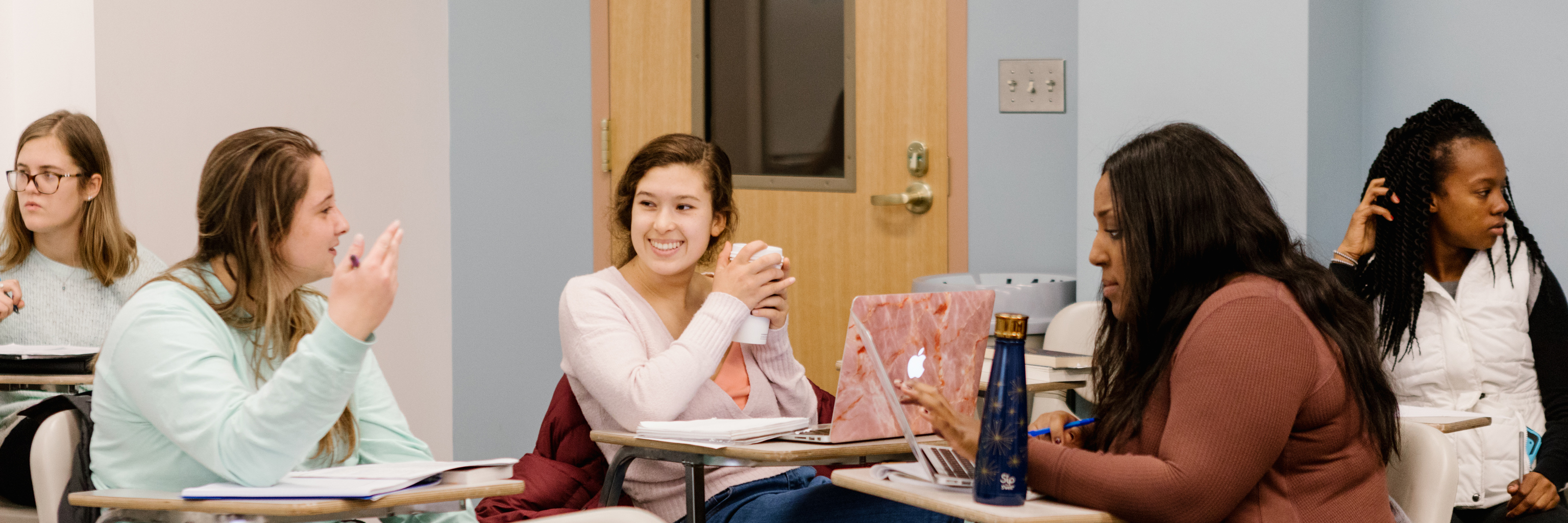Comparative Arts explores the dynamic interactions among literature, film, media, architecture, the visual arts, music, theatre, and the performing arts. Comparative Arts crosses national boundaries, artistic domains, and traditional notions of high and low culture. Courses in comparative arts examine works of literature alongside one or more other arts from multiple national traditions.
By focusing on the interrelationship of the arts, Comparative Arts asks fundamental questions: What is creativity? How does something new emerge from encounters with existing traditions? How do we think theoretically about how the medium affects the message? Why are so many poets also accomplished painters or musicians, and no small number of scientists poets? Why do we consider some adaptations to be works of art in their own right, but dismiss others as kitsch? Do styles belong to particular periods, forms, or cultures: what makes an artist or an art form “American” or, even more broadly, “African”? Conversely, can a cultural movement ever be truly global?
Our department began offering courses in Comparative Arts over 50 years ago. At a time when comparative literature was focused primarily on the study of European literary traditions, we pioneered the interdisciplinary exploration of the relationships among literature, music, theater, film, and the visual arts. Today, we are one of the few institutions in the country offering an undergraduate minor in this field.

 The College of Arts
The College of Arts